Though each home I design is distinctly unique, anyone who’s been around awhile knows that my work tends to carry a few consistencies from project to project — mixing bold colors with classic silhouettes, highlighting family heirlooms and beloved collections, adding texture with rugs and wallpaper, and of course, the addition of warmth, comfort, and softness through none other than window treatments.
When pairing elevated pieces with luxe furnishings, it can become all too easy for a room to feel uninviting. But, window treatments offer a tried and true method for simultaneously adding an air of coziness and functionality. So, I’m giving you a *window* into the two main offerings, shades and drapery — plus, sharing tips for when to use each and how to decide on a style.
Questions to Ask Yourself When Deciding on Window Treatments
First, let’s chat through the questions to ask yourself to help you land on a design decision – because believe me, I know, there are a LOT of options out there. But the reality is that window treatments are an investment, so you want to choose wisely and consider how your window treatments can work best for you.
There really is no such thing as one-size-fits-all — your shades and drapery can be functional, decorative, or something in between the two! That being said, it’s important to find the balance of what you are looking for in each room.
A few questions to get you started:
-
What is the function of this room?
-
What do I want to prioritize? Privacy? Blocking natural light? Allowing natural light?
-
Are there any architectural or design features I’d like to either highlight or hide?
-
Is there a view or landscape to consider outside my windows?
Once you have a deeper understanding of the space you’re working in and your goals for the window treatments, you’re ready to move on to the fun part!
How to Decide Between Shades or Drapery
Like I mentioned, the two major choices really come down to shades or drapery.
For shades, there is a wide range of options: Roman shades, blinds, shutters, roller, motorized/automated, and more! Drapery, on the other hand, is a term for any window treatment that hangs alongside or on top of the window. Some windows will call for just one, others would look great with a layered approach of shades and drapes (and some windows even look best with neither!) — and all can look beautiful! The most important thing to remember: window treatments have the power to enhance your style, whatever that may be.
Designer-Approved Shade and Drapery Options
If you want an option that’s both on-trend and classic…
Roller shades are having a moment! Not only has the functionality of these classic window staples vastly improved over the years, but they also pair perfectly with drapes to soften the window treatment look. They’re highly versatile to match your personal aesthetic, and thicker variations offer excellent coverage.
If you want to maximize natural light while still maintaining privacy…
In this case, I’d recommend utilizing a double rod with sheer drapery — that way, the sun can still pour in, but those walking by can’t see directly into your space.
If you’re looking to block brightness…
Whether the light messes up the kids’ bedtime or your spouse hates waking up with the sun, there are plenty of reasons why you may want to block out natural brightness — making both Roman shades and drapery with blackout lining excellent options. Can’t decide between the two? Thankfully, they each have distinct looks — so listen to your gut to decipher which goes better with your personal style. For kids’ rooms, I recommend going with the Roman shades — the ease of opening and closing makes them perfect for naps!
If you want to go with the official AKD fav…
Simple, classic drapery is easily the most-utilized window treatment here at Amy Kartheiser Design — and for good reason! To harness its power to truly transform a room, I recommend hanging it with a rod and draping it to about one inch off the floor. While the pattern, pleat, and material can change depending on your style, I love a crisp pinch pleat, a black wrought-iron rod, and black end caps. AKD design tip: to make a low ceiling look taller, hang your drapery right up to the crown molding so it draws the eye up to the ceiling. To make a narrow window look wider, extend the rod beyond the window and stack the drapes for maximum volume and effect.


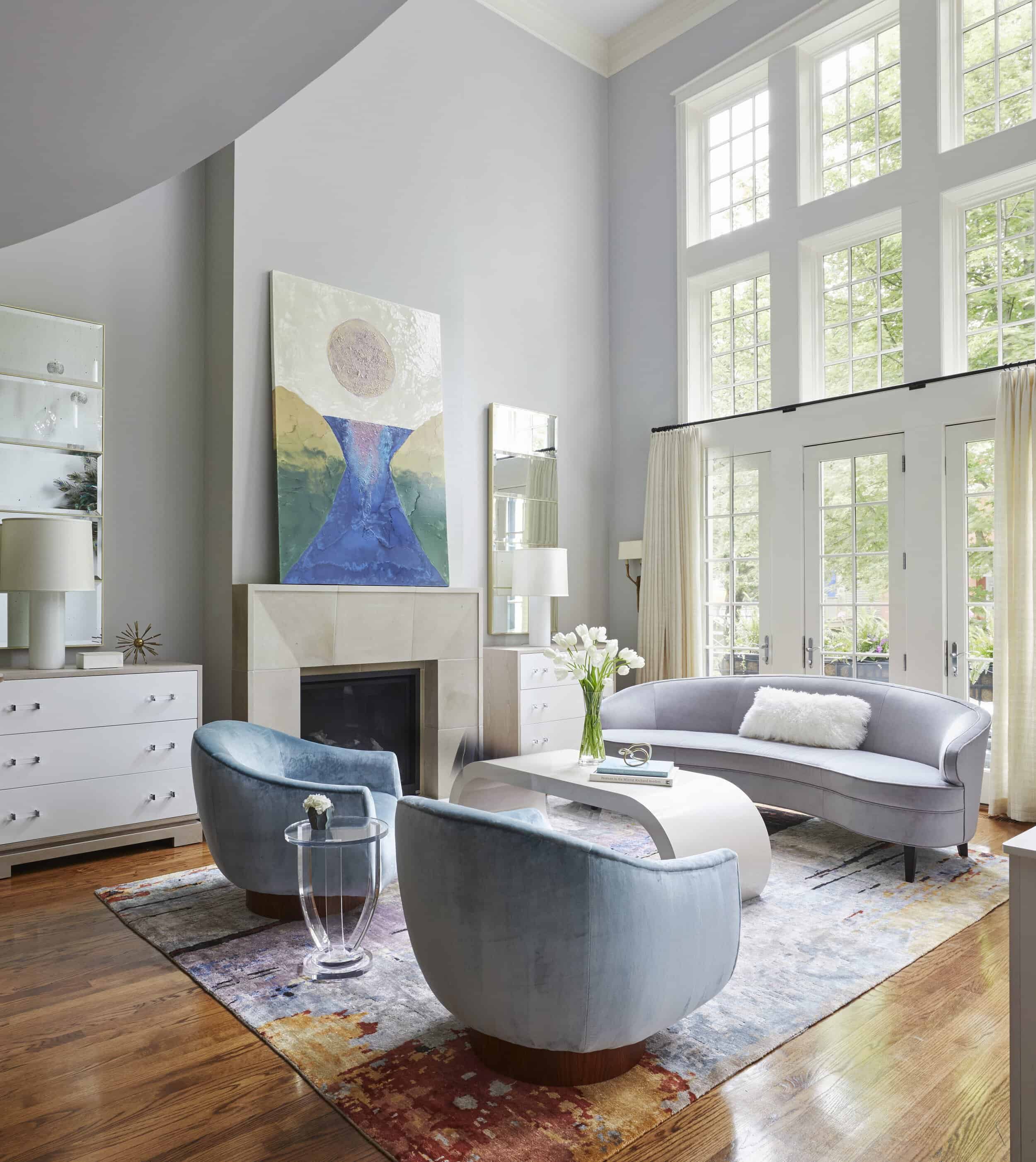
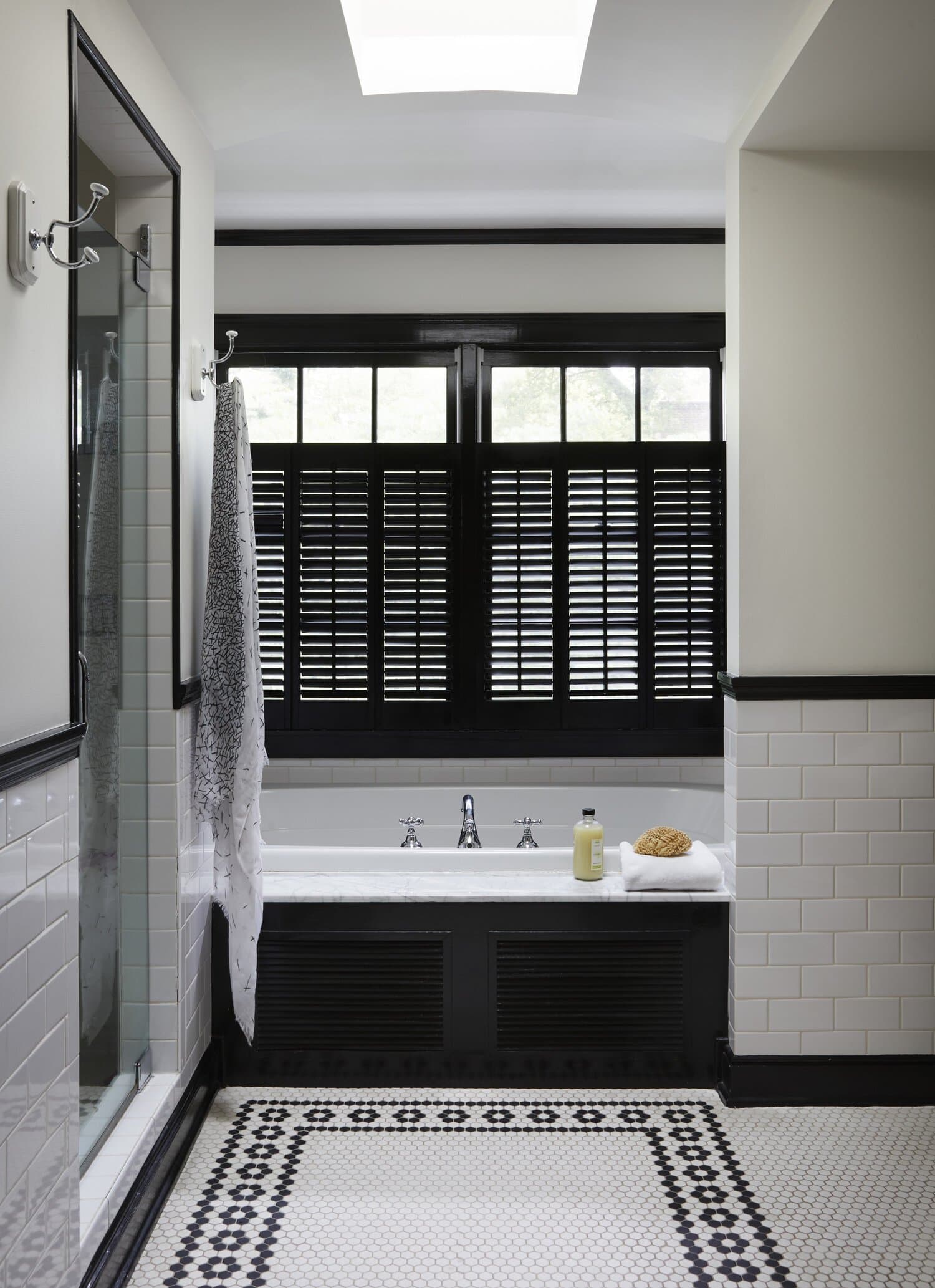
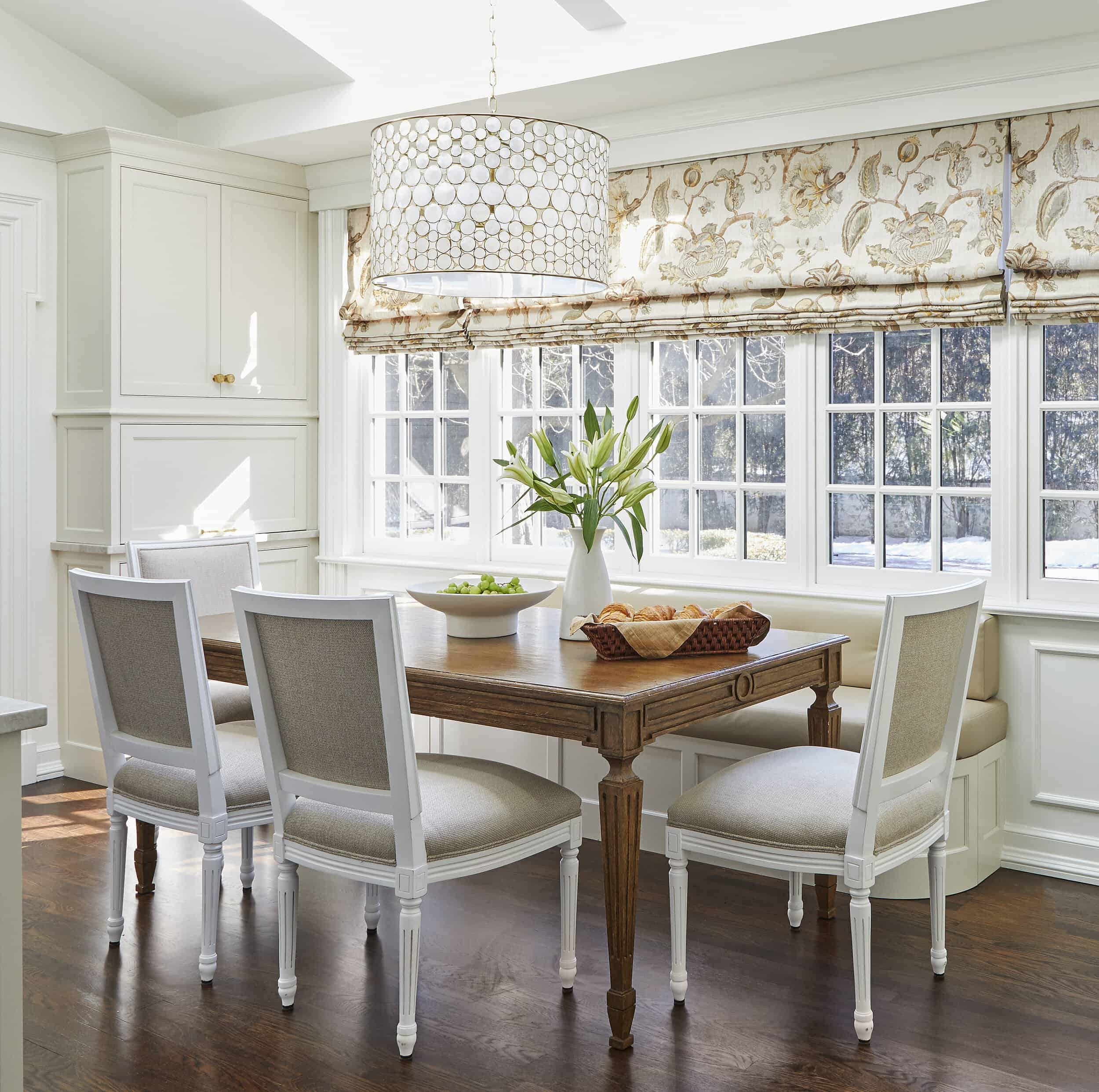
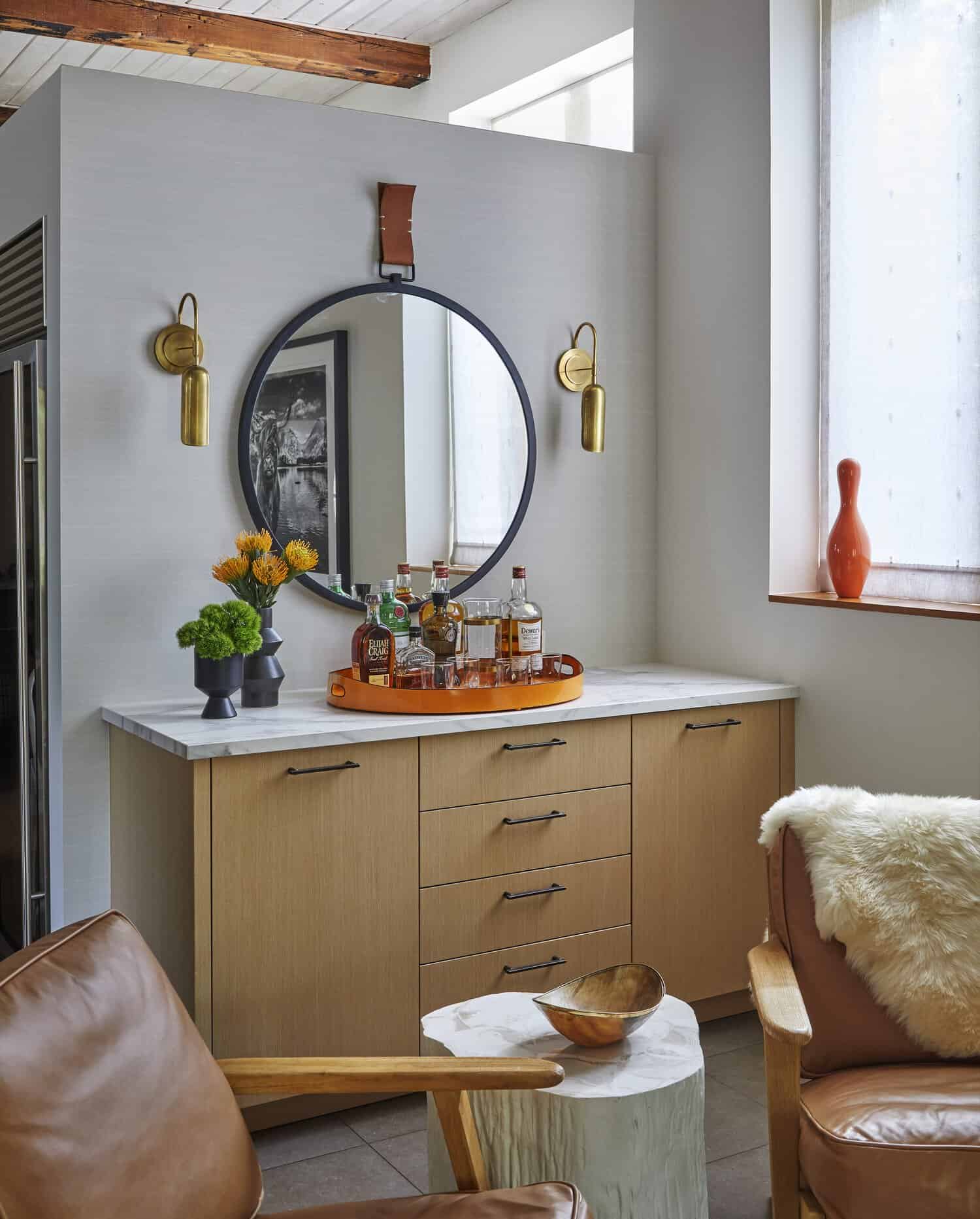
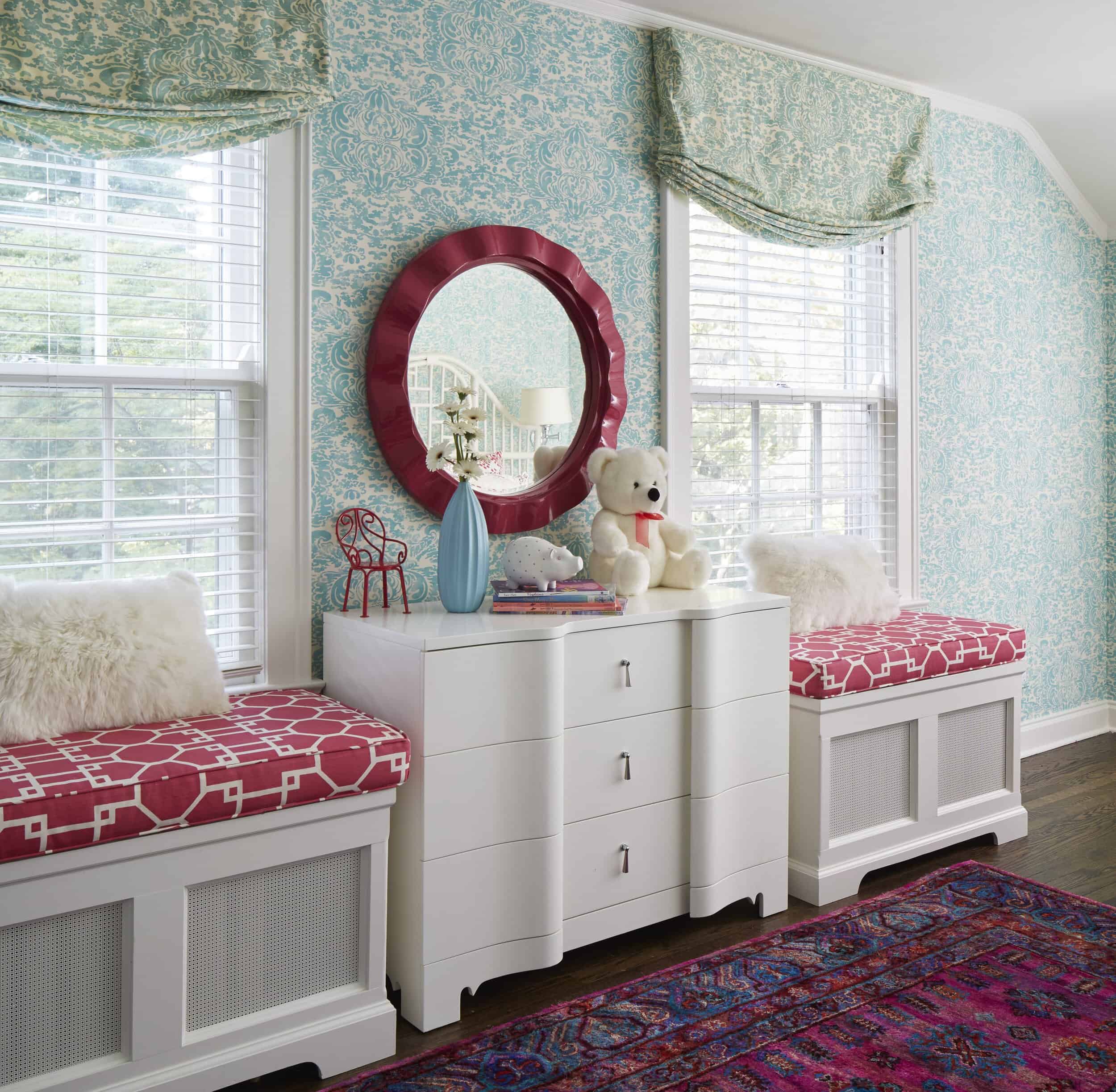
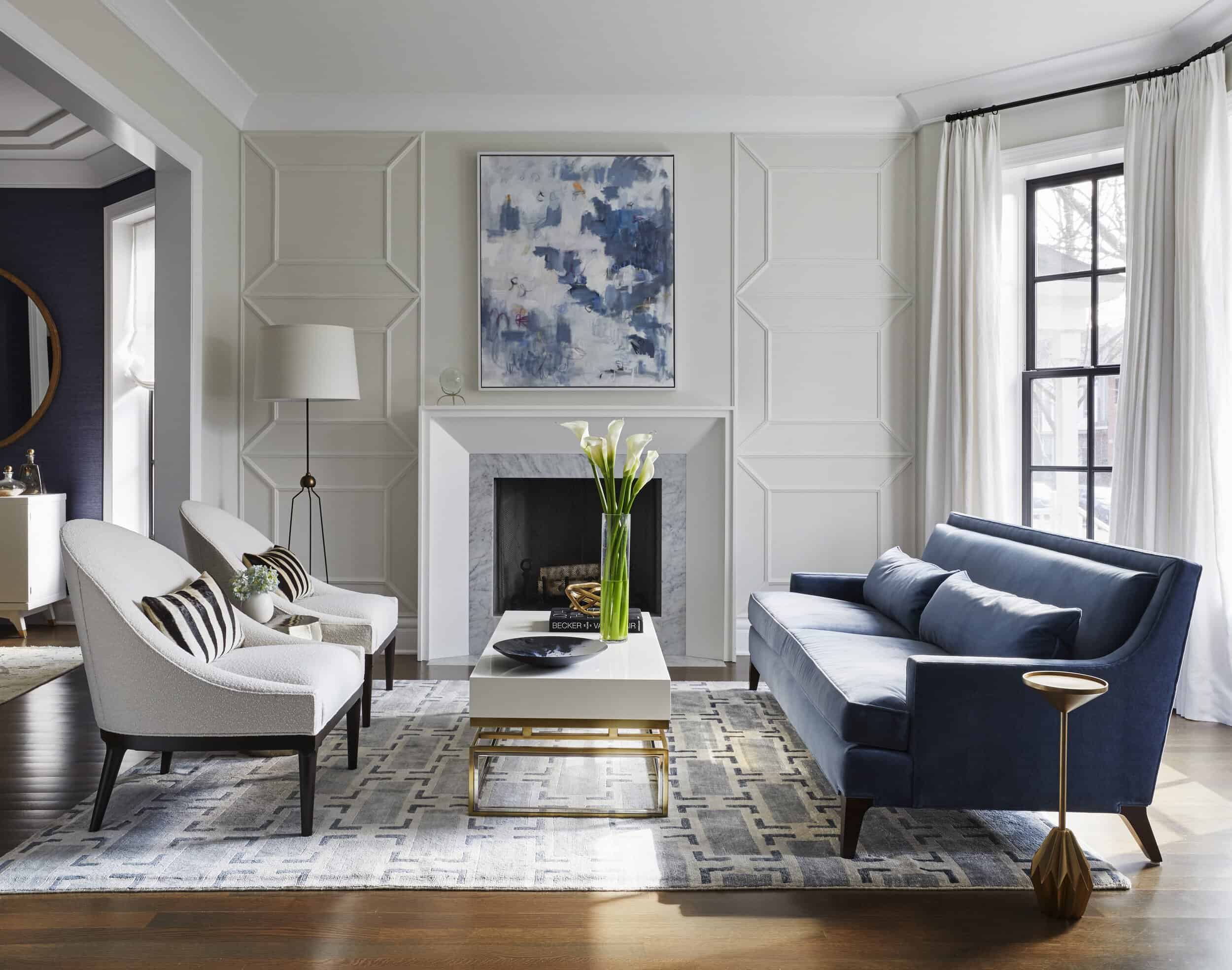
I love your ideas. You were meant to be in this business. Loretta